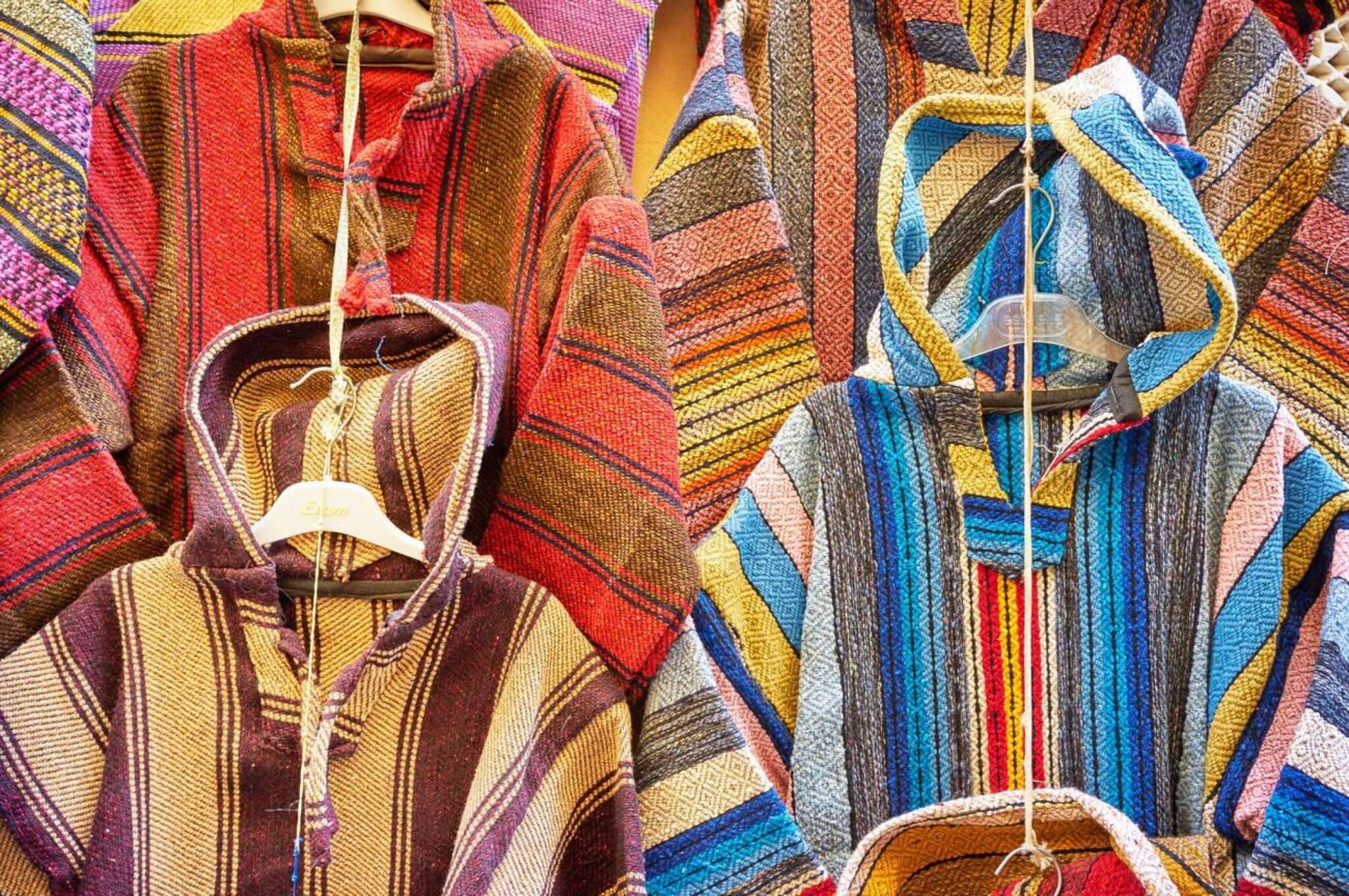morocco traditional costume
Traditional Moroccan clothing carries more than fabric and thread; it reflects a story woven from centuries of history, regional variety, and skilled artisanship. Each piece reveals the cultural identity of its wearers, linking past and present. Morocco’s traditional dress stands as a testament to its rich cultural tapestry shaped by diverse influences and geography.
Historical Background of Moroccan Traditional Clothing
Moroccan traditional apparel has roots that reach deep into multiple cultural streams. Berber, Arab, and Andalusian groups all left their mark on the garments worn throughout the country. This blend of influences creates clothing that is both unique and meaningful.
Influence of Geography and Trade
Morocco sits at a crossroads between Africa, Europe, and the Middle East. This location turned the country into a hub for trade routes. Spices, textiles, and dyes traveled through Moroccan markets, impacting the materials and styles used in traditional clothing. Luxury fabrics and intricate designs found their way into Moroccan wardrobes from far and wide.
Evolution Through Centuries
Different eras brought changes to Moroccan dress. The Islamic Golden Age introduced richer textiles and complex patterns, reflecting a flourishing culture. Later, during the French Protectorate, some Western styles merged with traditional wear, showing adaptation without losing identity. These layers of history shaped the modern look of Moroccan costumes.
Distinctive Elements of Moroccan Traditional Costume
Moroccan clothing stands out for its detailed craftsmanship and variety. The use of specific fabrics, decorations, and construction methods highlights cultural identity and social roles.
Men's Traditional Dress: Djellaba and Gandoura
The djellaba is a long, loose robe with a hood, traditionally made from wool or cotton. It suits Morocco’s climate, offering warmth in cooler areas and comfort in warmer ones. The gandoura, similar yet sleeveless, is a lighter option often worn in the summer. Men don these outfits for daily wear and special occasions like weddings or religious festivals.
Women's Traditional Dress: Kaftan and Takchita
The kaftan and takchita are signature pieces for Moroccan women. The kaftan is a single robe, beautifully embroidered and often adorned with beads or sequins. The takchita consists of two layered dresses fastened by a belt called a “mdamma.” Women wear these garments to formal events, showcasing intricate stitches and luxurious fabrics like silk and brocade.
Accessories and Headwear
Accessories hold great cultural weight. Leather belts engraved with designs strengthen the waistline and add flair. Traditional jewelry features silver, amber, and colorful stones symbolizing protection and status. Headwear includes the red fez cap and various turbans, each tied differently depending on region or occasion.
Regional Variations Across Morocco
Costumes vary widely across Morocco’s regions, reflecting ethnic backgrounds and environments.
Berber Costume Traits
Berber clothing bursts with color and symbols. They favor heavy use of geometric patterns and bright threadwork. Jewelry plays a key role here, with large, symbolic silver pieces worn to signal identity and protect against harm.
Coastal and Urban Styles
Cities like Casablanca and Rabat mix traditional and modern styles. Coastal areas incorporate lighter fabrics and simpler patterns, influenced by Mediterranean trade. Urban life encourages blending old and new, so traditional garments may feature minimalist embroidery or contemporary cuts.
Desert and Saharan Influences
In the vast Sahara, clothing materials are chosen for protection against harsh sun and sand. Loose, flowing robes and headscarves cover most of the body. Colors tend to be muted earth tones, with occasional bright accents, reflecting the desert’s landscape and the need for comfort.
The Role of Traditional Costume in Modern Morocco
Traditional dress still plays a vital role in Morocco today, sustaining heritage through various forms.
Traditional Dress in Ceremonies and Festivals
During weddings, religious events, and cultural festivals, Moroccans proudly wear traditional clothing. These moments highlight craftsmanship and cultural pride. The garments connect generations, keeping customs alive.
Contemporary Fashion and Heritage Preservation
Modern Moroccan designers draw on traditional motifs to create fresh styles. This fusion attracts younger generations and global audiences. Meanwhile, artisans continue teaching embroidery and weaving, ensuring these skills survive in a changing world.
Summary and Cultural Importance of Moroccan Traditional Costume
Morocco’s traditional clothing tells a rich story of history, geography, and culture. The diversity of styles—from Berber to urban—reflects the country's mosaic of identities. Wearing these costumes today honors that legacy and preserves an essential part of Moroccan heritage. Traditional dress remains a vibrant, living symbol of Morocco’s past and present.

Comments
Post a Comment